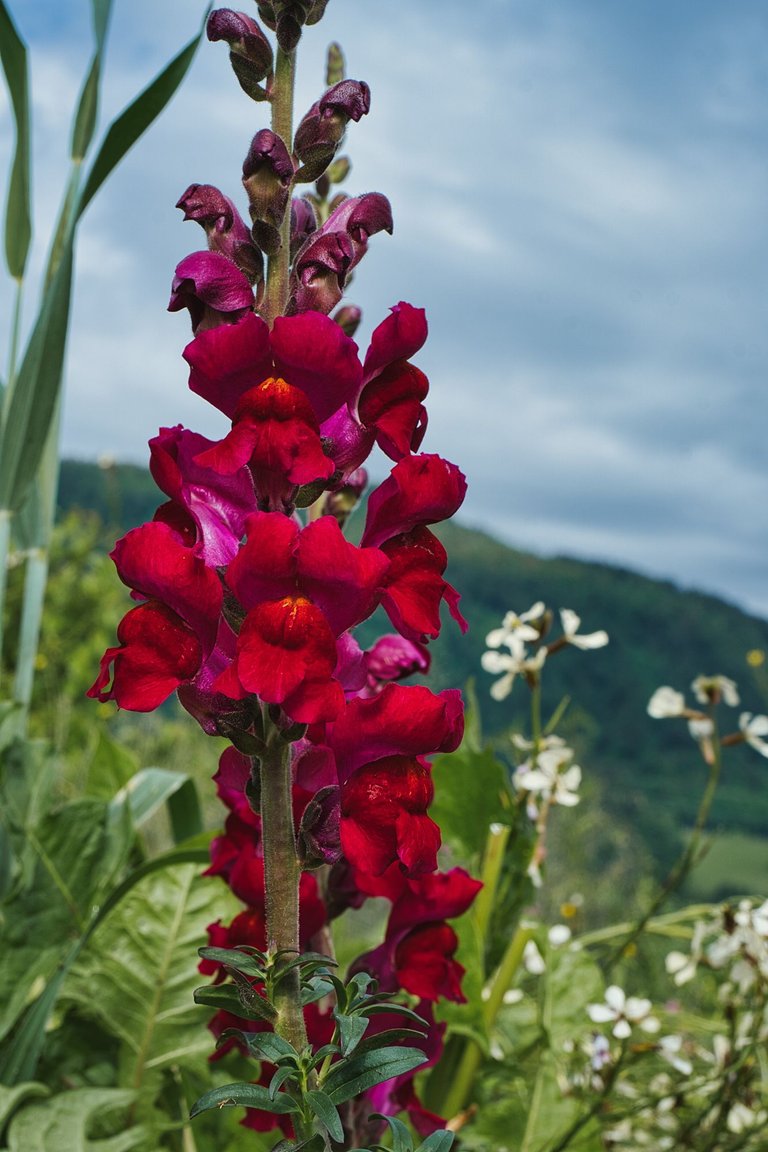
Antirrhinum majus maximum, commonly known as the tall snapdragon, is a popular garden plant valued for its striking, colorful flowers and tall, upright growth habit. The flowers attract a variety of pollinators, including bees and butterflies, making them a beneficial addition to pollinator gardens.
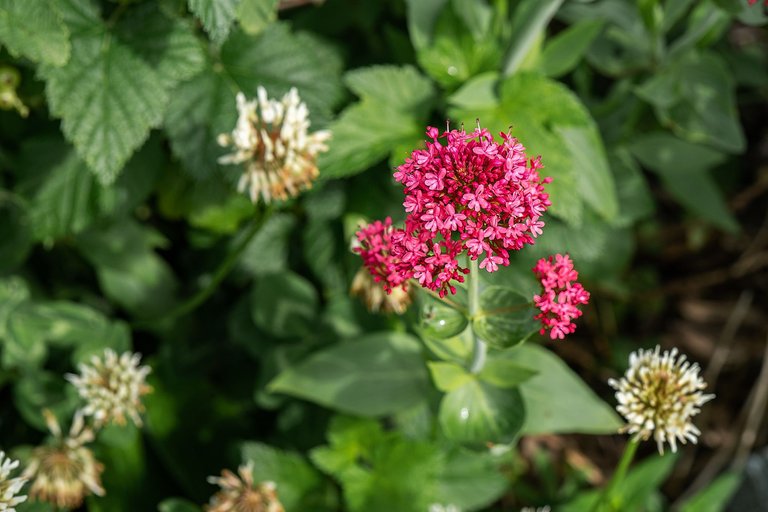
Red Valerian (Centranthus ruber) is a versatile and resilient plant that brings a splash of color to gardens with its vibrant blooms. Its long flowering season, minimal maintenance requirements, and attractiveness to pollinators make it a valuable addition to many garden settings. However, gardeners should be mindful of its potential to spread and manage it accordingly to prevent it from becoming invasive.
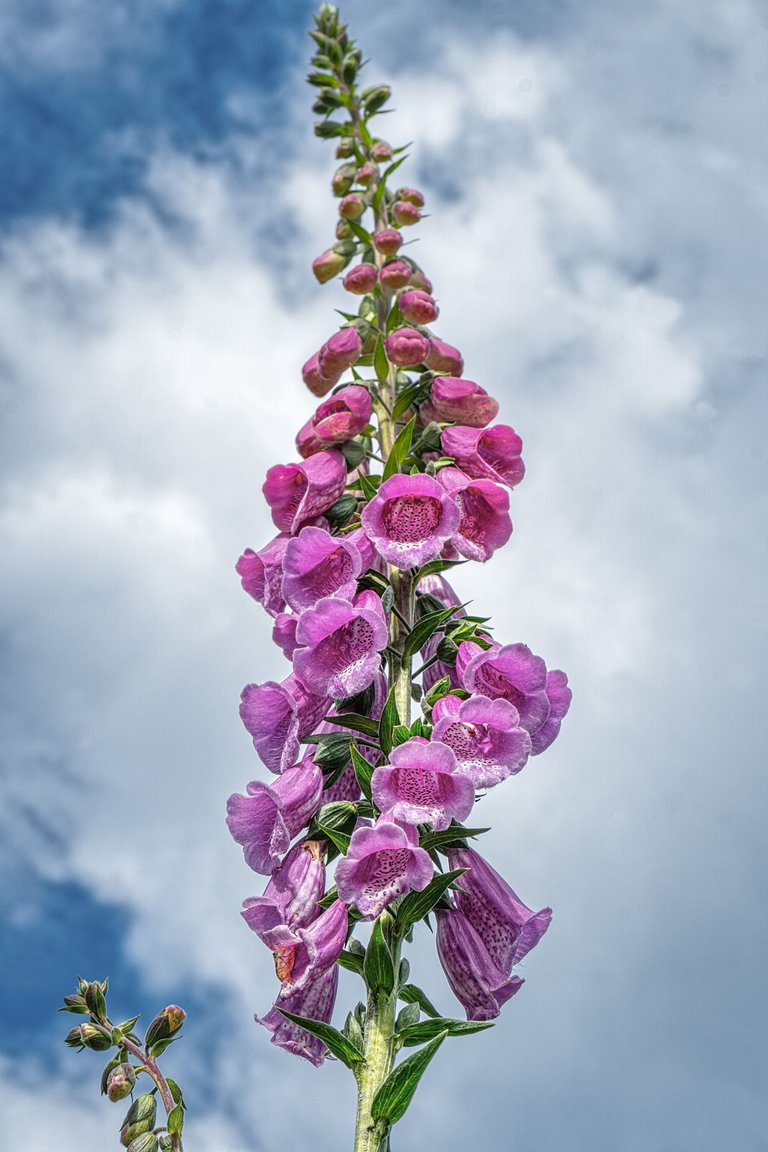
Purple Foxglove (Digitalis purpurea), commonly known simply as foxglove, is a biennial or short-lived perennial plant known for its striking tall flower spikes and tubular blossoms. This plant is native to Europe and parts of western Asia but has become a popular garden plant in many regions worldwide due to its dramatic appearance and historical medicinal uses. Historically, extracts from foxglove leaves were used to treat heart conditions. However, all parts of the plant are highly toxic if ingested, and self-medication is dangerous. Modern medicines like digitalis and digoxin are derived from compounds found in foxgloves.
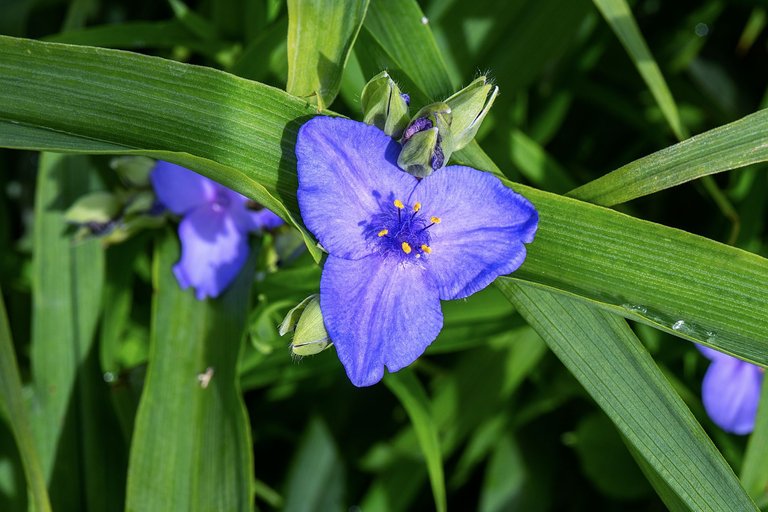
Ohio Spiderwort (Tradescantia ohiensis) is a perennial wildflower native to North America, known for its striking blue to violet flowers and grass-like foliage. This plant belongs to the Commelinaceae family and is commonly found in prairies, open woods, and along roadsides.
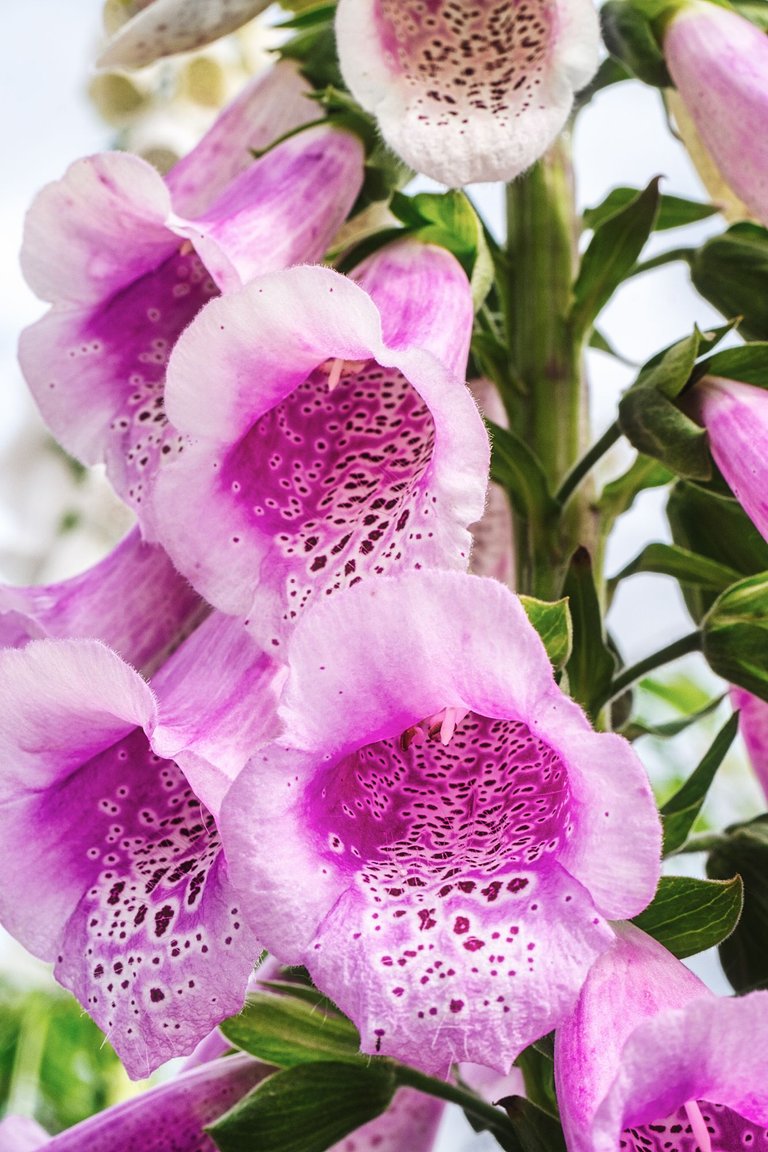
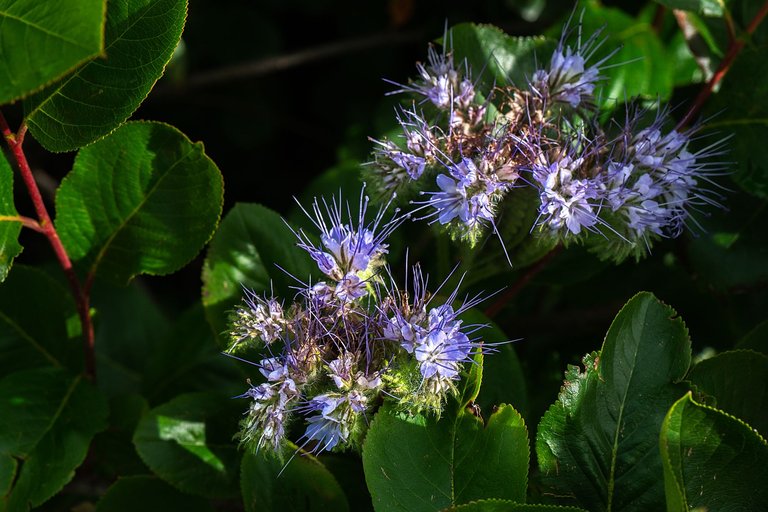
Phacelia tanacetifolia, commonly known as lacy phacelia, purple tansy, or fiddleneck, is an annual plant belonging to the Boraginaceae family. This species is native to the southwestern United States and northern Mexico but has been widely cultivated in many parts of the world for its numerous benefits. One of the primary uses of lacy phacelia is as a cover crop. It is highly effective at suppressing weeds, improving soil structure, and enhancing soil fertility through the addition of organic matter.
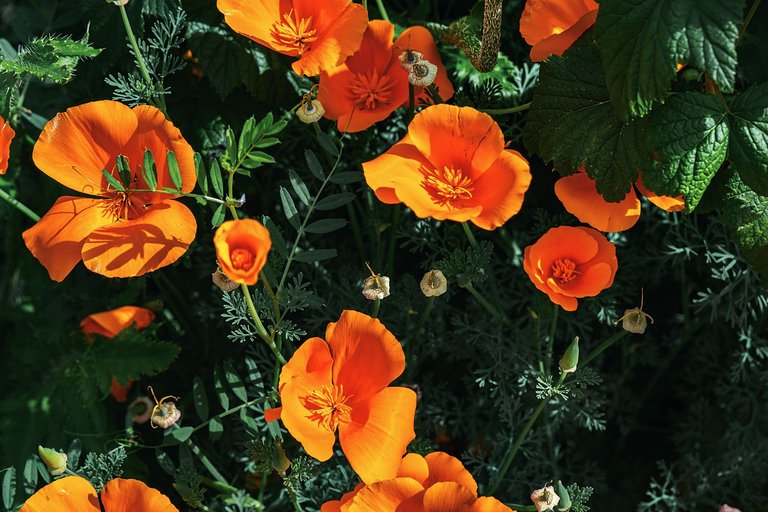
California Poppy (Eschscholzia californica) is an annual or short-lived perennial plant native to the western United States and the official state flower of California. Known for its bright, cup-shaped flowers, it is a popular choice for gardeners seeking a drought-tolerant and low-maintenance plant that adds vibrant color to landscapes.
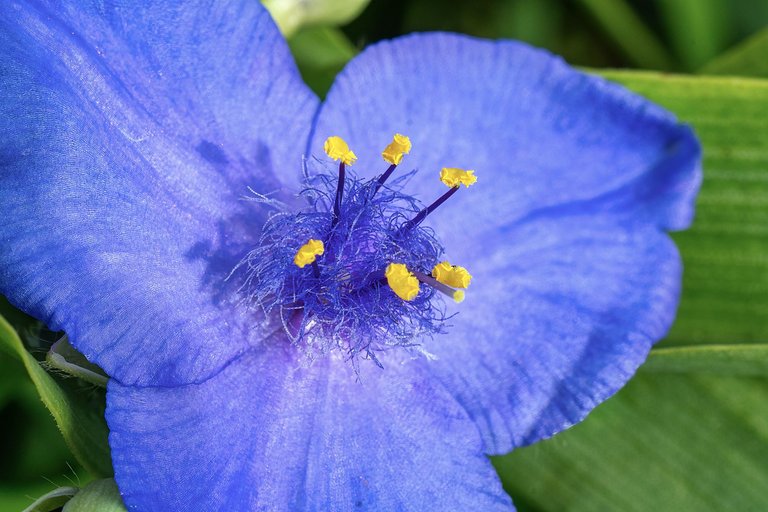
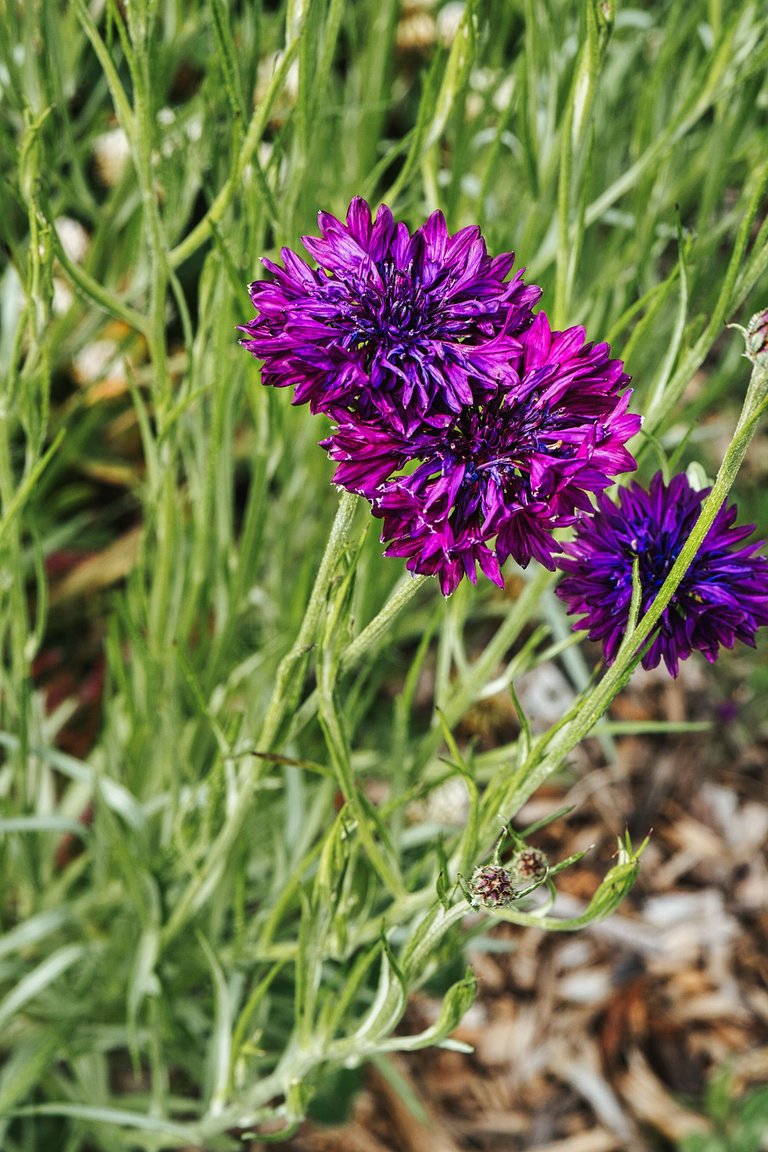
Bachelor's Button (Centaurea cyanus), also known as cornflower or bluebottle, is an annual flowering plant that belongs to the Asteraceae family. Native to Europe, it has become naturalized in many parts of North America and is popular for its vibrant blue flowers and easy cultivation. Bachelor’s button is widely used in garden borders, wildflower meadows, and cottage gardens. Its bright, cheerful flowers and easy cultivation make it a popular choice for adding color and texture to garden beds.
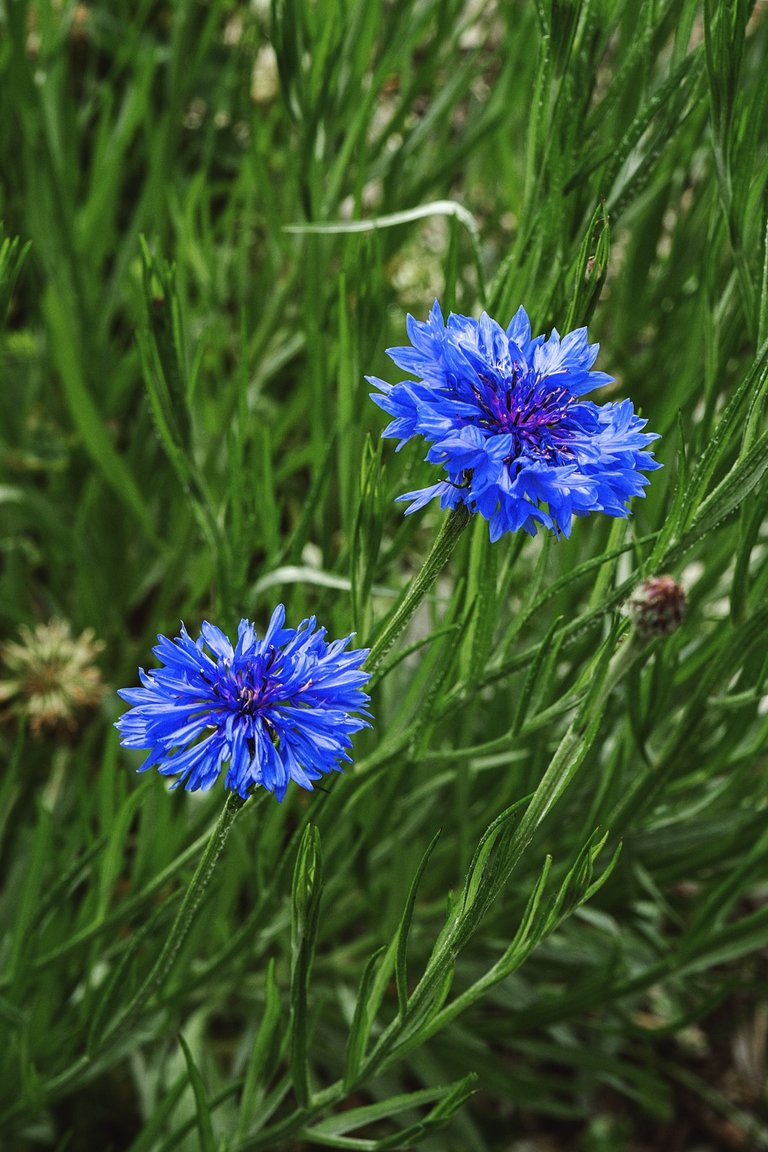
Bachelor's Button comes in other colors, like this amazing deep blue.

Stay blessed
